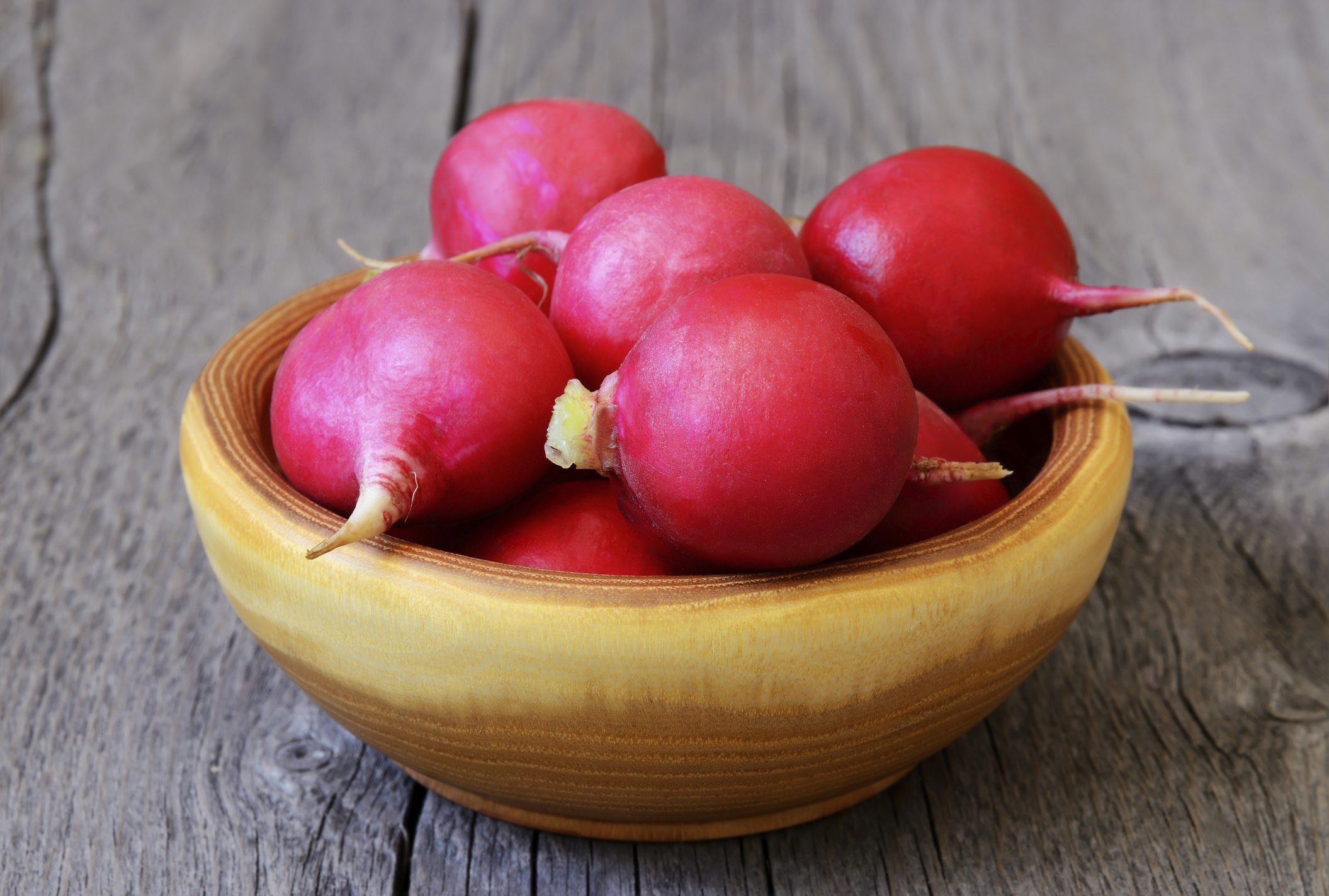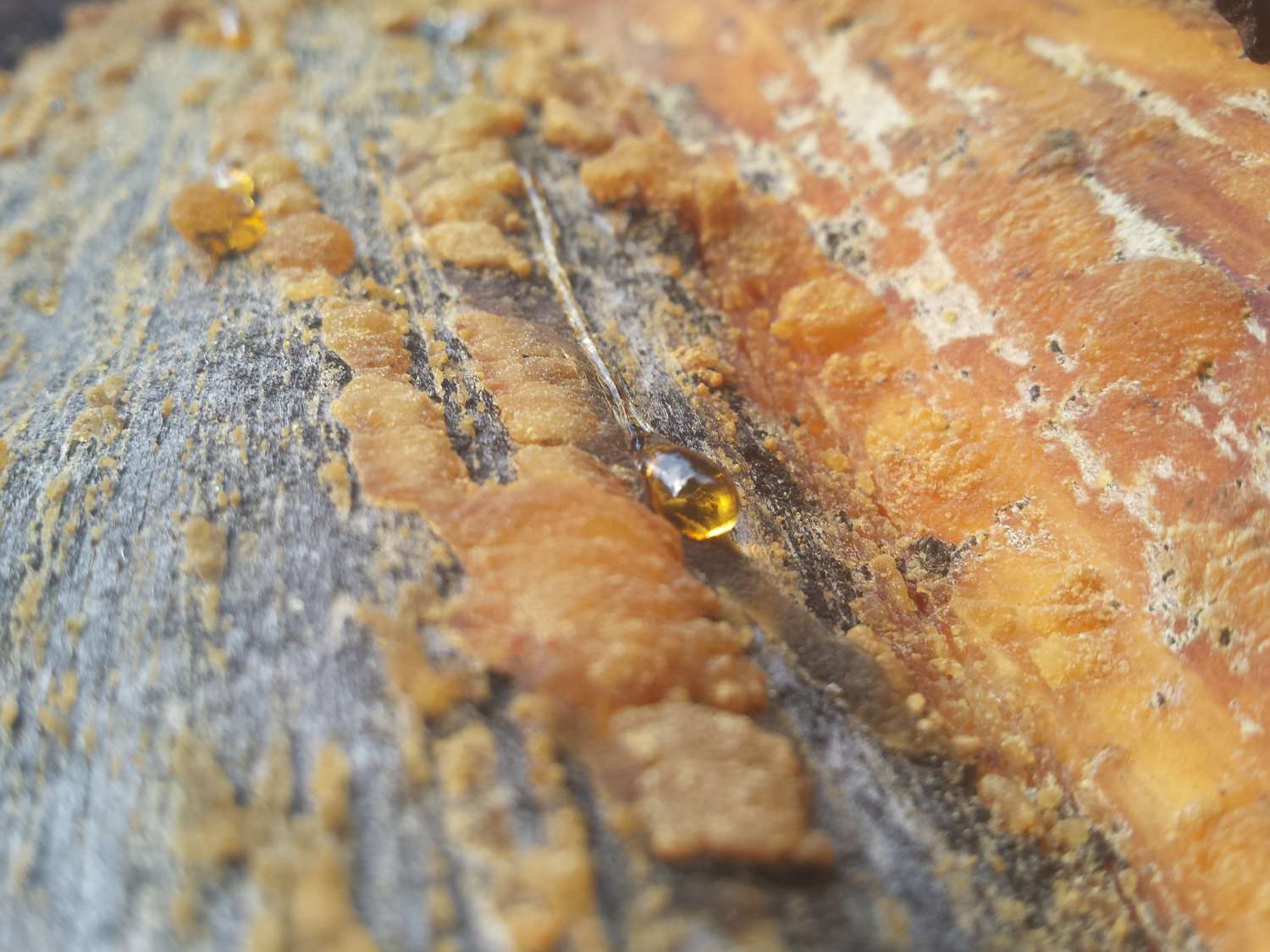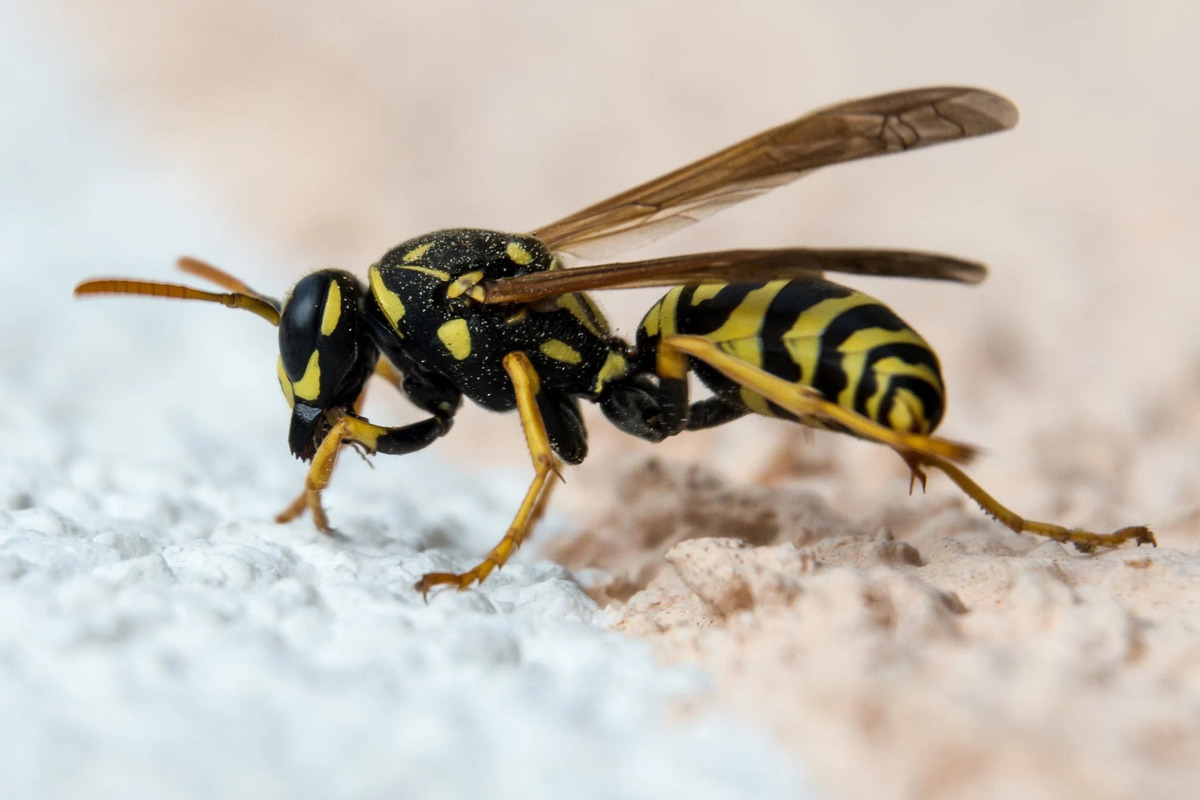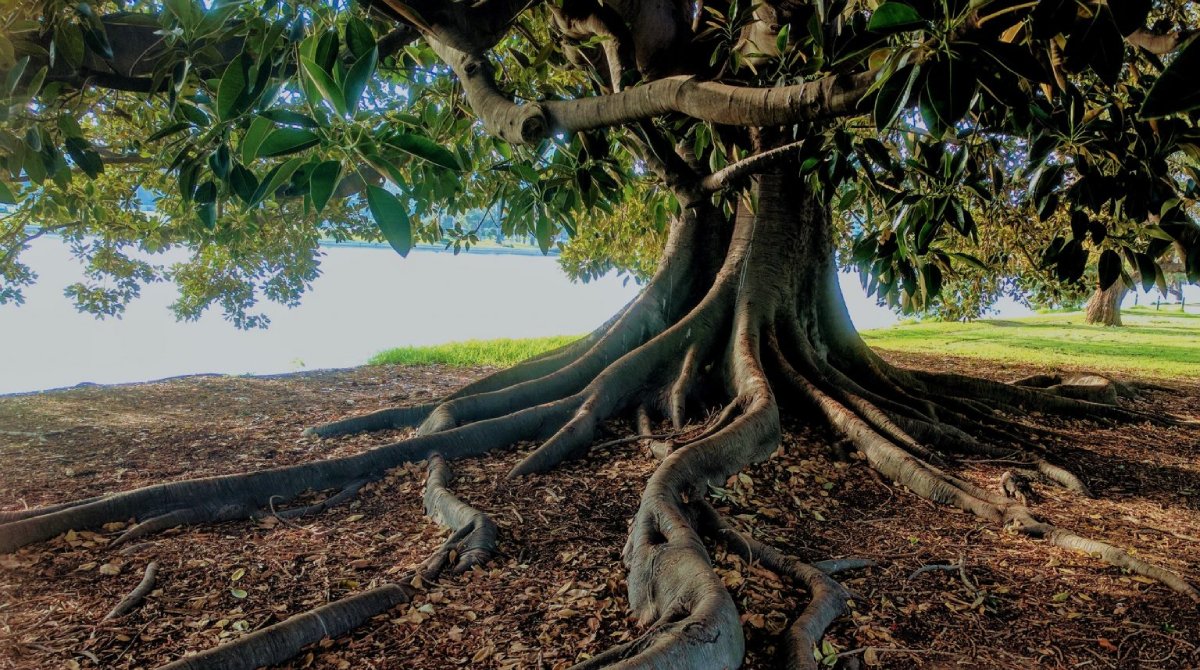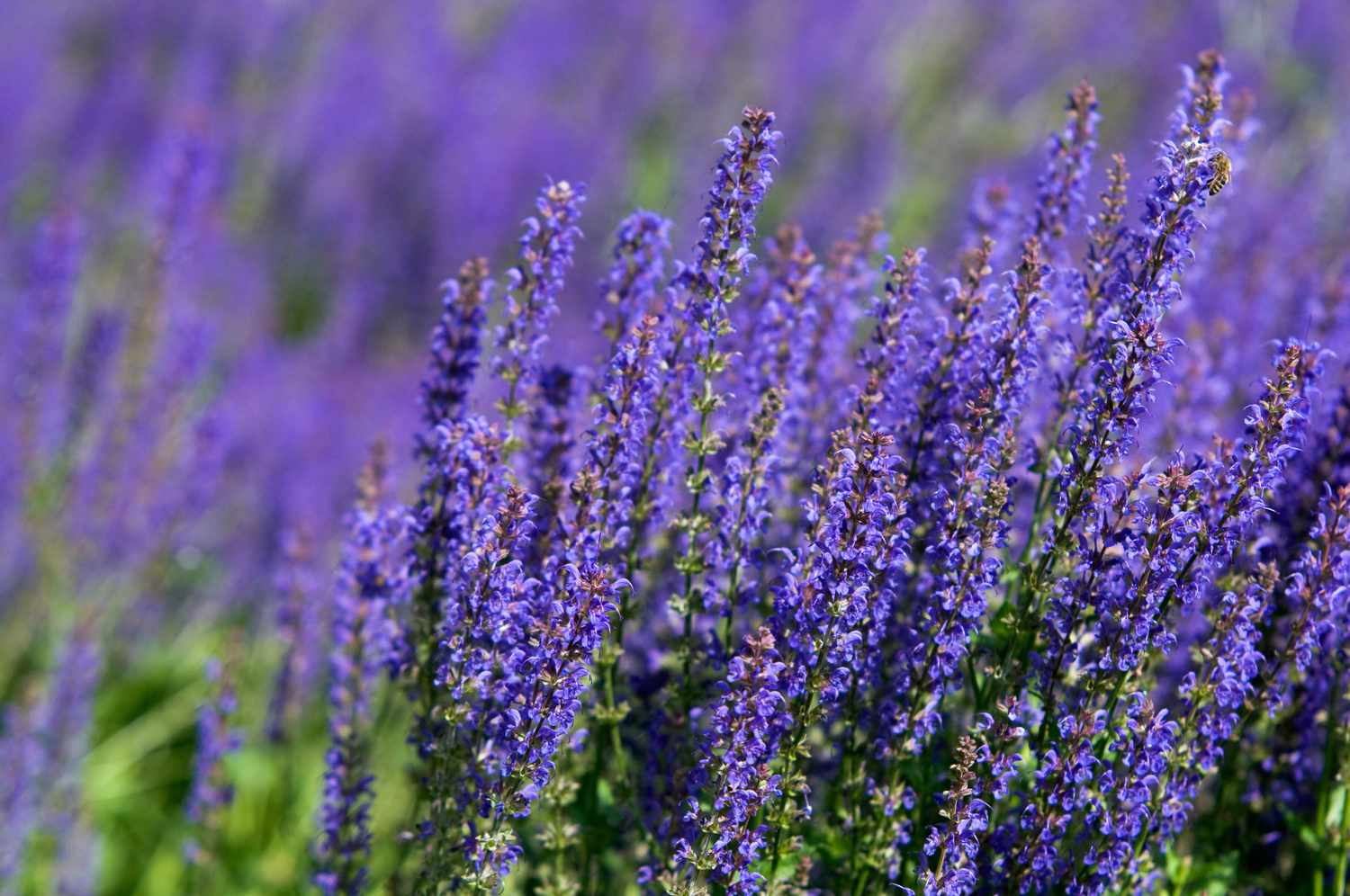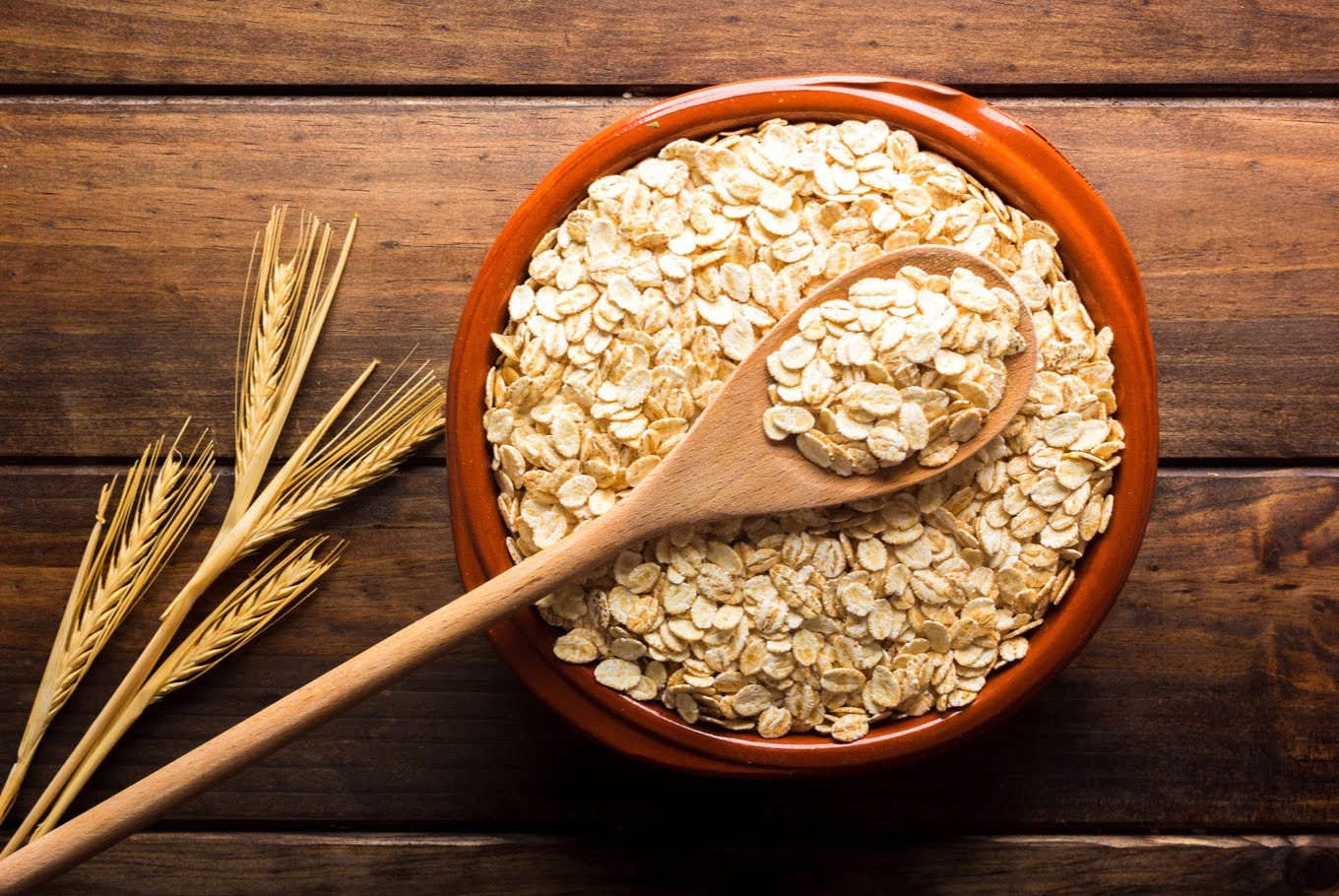Home>Gardening Techniques>Plant Care>What Trees Have Helicopter Seeds
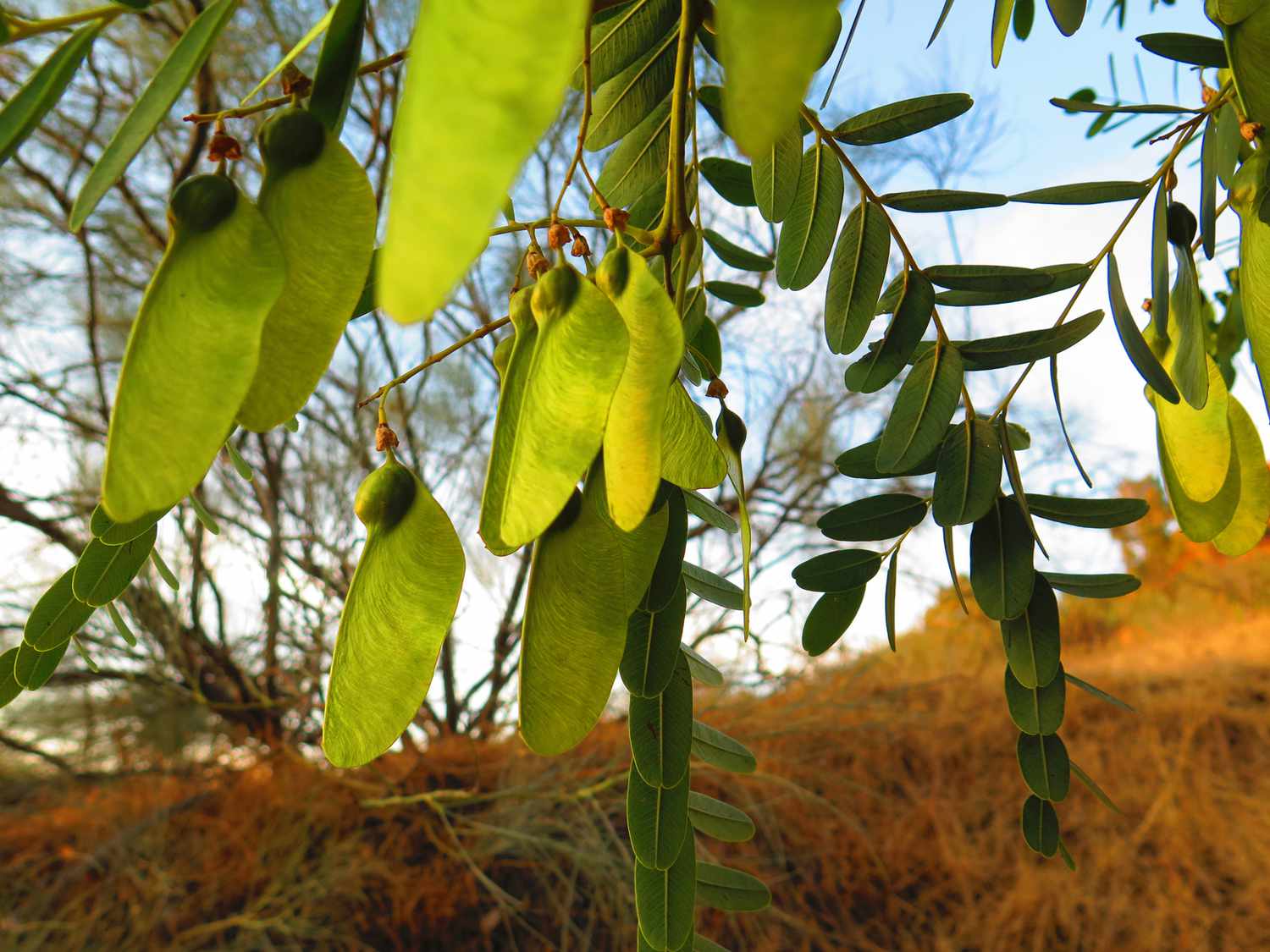

Plant Care
What Trees Have Helicopter Seeds
Modified: January 22, 2024
Discover which trees produce helicopter seeds and learn essential plant care tips to keep them thriving. Enhance your gardening knowledge and enjoy the unique beauty of these fascinating trees.
(Many of the links in this article redirect to a specific reviewed product. Your purchase of these products through affiliate links helps to generate commission for Chicagolandgardening.com, at no extra cost. Learn more)
Table of Contents
Introduction
Welcome to the wonderful world of trees with helicopter seeds! These unique seeds have captured the curiosity of nature lovers and plant enthusiasts for generations.
Trees with helicopter seeds are known for their fascinating reproductive strategy, where they produce seeds with wing-like structures that spin as they fall to the ground. This characteristic has earned them the nickname of “helicopter seeds” due to their resemblance to the spinning motion of a helicopter rotor.
In this article, we will explore some of the most well-known tree species that produce these captivating seeds. From maples to cottonwoods and pines, each species has its own distinct characteristics that contribute to the spectacular display of these airborne seeds.
So, whether you’re an avid gardener, a nature enthusiast, or simply curious to learn more about these amazing trees, keep reading to discover the fascinating world of trees with helicopter seeds. Let’s delve into the distinctive features and characteristics of each tree species that produce these remarkable seeds.
Characteristics of Trees with Helicopter Seeds
Trees with helicopter seeds share some common characteristics that make them stand out among other tree species. Here are a few key traits that define these remarkable trees:
- Seed Structure: One of the defining features of trees with helicopter seeds is the unique structure of their seeds. These seeds are equipped with wing-like structures, also known as samaras, that allow them to catch the wind and spin as they descend. This spinning motion helps them travel greater distances away from the parent tree, increasing their chances of finding a suitable location for germination.
- Seed Dispersal: The ability to disperse their seeds over long distances is a crucial adaptation for trees with helicopter seeds. By harnessing the power of the wind, these trees ensure that their offspring are not crowded around the parent tree. The spinning action of the samaras helps to carry the seeds away from the parent tree, increasing the chances of successful germination and survival.
- Reproduction: Trees with helicopter seeds employ sexual reproduction, meaning they require both male and female reproductive structures. The male flowers produce pollen, while the female flowers produce the seeds. The seeds, with their wing-like structures, are designed to be wind-dispersed, thus facilitating cross-pollination and genetic diversity among the offspring.
- Adaptability: Trees with helicopter seeds have shown remarkable adaptability to various environments. They are found growing in diverse habitats, from forests and woodlands to urban landscapes and gardens. This adaptability allows them to thrive in different climates and soil conditions, making them a popular choice for landscaping and reforestation projects.
- Ecological Importance: Trees with helicopter seeds play a vital role in ecosystems. Their ability to disperse seeds over larger areas helps in the colonization of new habitats, contributing to forest regeneration and biodiversity. Additionally, these trees provide habitat and food sources for a wide range of wildlife, including birds, insects, and small mammals.
These shared characteristics make trees with helicopter seeds a fascinating group to study and admire. With their impressive seed structures, efficient seed dispersal mechanisms, and adaptability to different environments, these trees have secured their place as nature’s skilled aviators.
Maple Trees and Helicopter Seeds
When it comes to trees with helicopter seeds, Maples (Acer spp.) are undoubtedly the stars of the show. Known for their brilliant autumn foliage, Maples also produce distinctive winged seeds that gracefully twirl through the air. Here are some key points about Maple trees and their helicopter seeds:
- Species Diversity: Maples belong to the genus Acer, which comprises around 128 different species distributed across the Northern Hemisphere. While not all Maples produce helicopter seeds, some of the notable species include the Sugar Maple (Acer saccharum), Red Maple (Acer rubrum), and Silver Maple (Acer saccharinum).
- Seed Formation: The characteristic helicopter seeds of Maples, called samaras, typically develop in pairs. Each samara consists of a single seed attached to a flattened, wing-like structure. As the seeds mature, they change color and dry out, ready to be dispersed by the wind.
- Seed Dispersal: The design of Maple samaras allows for efficient seed dispersal. As the seeds fall from the tree, the wind catches the samara’s wings, causing them to spin and glide through the air. This spinning motion enables the seeds to travel considerable distances away from the parent tree, increasing their chances of finding suitable conditions for germination.
- Germination and Growth: Once the samaras reach the ground, the seeds have to overcome certain obstacles for successful germination. Factors such as moisture, temperature, and suitable soil conditions play a vital role in the germination and growth of Maple seeds. When conditions are favorable, the seeds sprout, and the young seedlings develop into saplings, ready to develop into mature Maples over time.
- Landscaping and Use: Maple trees are highly valued for their aesthetic appeal and are commonly used in landscaping projects. Their vibrant autumn foliage and distinct helicopter seeds make them a favorite choice for homeowners and urban planners. Additionally, Maples provide shade, attract wildlife, and contribute to overall biodiversity in urban and natural environments.
Maple trees with their stunning colors and mesmerizing helicopter seeds are a true delight for nature enthusiasts and photographers alike. Whether it’s the breathtaking fall foliage or the whimsical twirling of their seeds, Maples continue to captivate and inspire us with their beauty and ingenuity.
Ash Trees and Helicopter Seeds
Ash trees (Fraxinus spp.) are well-known for their graceful appearance and impressive ability to produce helicopter seeds. With their slender trunks and delicate foliage, Ash trees add a touch of elegance to any landscape. Here are some key points about Ash trees and their helicopter seeds:
- Genus Diversity: The genus Fraxinus comprises about 65 different species of Ash trees. While not all Ash trees produce helicopter seeds, some notable species include the White Ash (Fraxinus americana), Green Ash (Fraxinus pennsylvanica), and Black Ash (Fraxinus nigra).
- Seed Structure: Ash trees produce winged seeds referred to as samaras, similar to Maples. Each samara consists of a seed attached to a thin, elongated wing-like structure. These wings enable the seeds to catch the wind, facilitating their dispersal over greater distances.
- Seed Dispersal: When the time comes for Ash tree seeds to be dispersed, the mature samaras are released from the tree. The wind catches the samaras’ wings, causing them to spin and flutter as they descend. This spinning motion allows the seeds to travel away from the parent tree, increasing their chances of finding suitable conditions for germination.
- Germination and Growth: After the Ash tree seeds land on the ground, they need the right conditions to germinate and grow. Moist soil, sufficient sunlight, and suitable temperatures contribute to successful germination. Once sprouted, the seedlings develop into young Ash trees, eventually reaching impressive heights and forming a beautiful canopy.
- Ecological Importance: Ash trees play a vital role in various ecosystems due to their ecological importance. They provide habitat and food sources for numerous animal species, including birds, insects, and mammals. Additionally, Ash trees are valuable for their timber, used in furniture-making, flooring, and other woodworking applications.
Ash trees with their slender profiles and elegant foliage, coupled with their helicopter seeds, showcase their adaptability and resilience. Their ability to disperse seeds over long distances ensures the survival and genetic diversity of the species. Whether standing tall in forests or gracing urban landscapes, Ash trees continue to captivate us with their beauty and contribute to the overall biodiversity of our ecosystems.
Elm Trees and Helicopter Seeds
Elm trees (Ulmus spp.) have long been admired for their grand stature and graceful arching branches. These majestic trees also have the ability to produce helicopter seeds, adding to their charm and intrigue. Here are some key points about Elm trees and their helicopter seeds:
- Genus Diversity: The genus Ulmus includes around 30 different species of Elm trees. While not all Elm trees produce helicopter seeds, some notable species include the American Elm (Ulmus americana), Slippery Elm (Ulmus rubra), and English Elm (Ulmus procera).
- Seed Structure: Elm trees produce seeds in the form of samaras, similar to Maples and Ash trees. Each samara consists of a seed attached to a wing-like structure. The wings are membranous and asymmetrical, allowing the seeds to catch the wind and facilitate dispersal.
- Seed Dispersal: When the time comes for Elm tree seeds to be dispersed, the mature samaras are released from the tree. As they fall, the wings catch the wind, causing the seeds to spin and drift away from the parent tree. This spinning action enables the seeds to travel some distance, increasing the likelihood of finding suitable conditions for germination.
- Germination and Growth: Once the Elm tree seeds land on the ground, they await the right conditions to germinate and grow. Moist soil, adequate sunlight, and the absence of competition from other plants contribute to successful germination. As the seedlings establish themselves, they develop into young Elm trees, eventually maturing into the majestic specimens that Elm trees are known for.
- Historical Significance: Elm trees hold cultural and historical significance in many regions. They were commonly used as shade trees in parks and along streets in the past. Unfortunately, Elm populations have been greatly affected by Dutch Elm Disease, a fungal infection that has decimated many Elm tree populations around the world.
Despite the challenges faced by Elm trees due to disease, their beauty and the fascinating nature of their helicopter seeds continue to capture our attention. Elm trees stand as symbols of resilience and remind us of the importance of preserving and protecting these magnificent trees in our landscapes and ecosystems.
Cottonwood Trees and Helicopter Seeds
Cottonwood trees (Populus spp.) are known for their abundant production of helicopter seeds, adding a touch of whimsy to their natural beauty. These fast-growing and majestic trees have several distinctive characteristics when it comes to their seeds. Here are some key points about Cottonwood trees and their helicopter seeds:
- Genus Diversity: The genus Populus consists of several species of Cottonwood trees, including the Eastern Cottonwood (Populus deltoides), Black Cottonwood (Populus trichocarpa), and Fremont Cottonwood (Populus fremontii). These trees are primarily found in North America and thrive in moist habitats, such as riverbanks and floodplains.
- Seed Production: Cottonwood trees produce an abundance of seeds encapsulated within fluffy cotton-like fibers. These cottony seeds aid in wind dispersal, enabling them to travel long distances away from the parent tree. The cotton-like fibers provide buoyancy, enhancing the seeds’ ability to be carried by air currents.
- Seed Dispersal: As the Cottonwood tree seeds ripen, the cottony fibers surrounding them expand, creating a plume-like structure. When the time is right, the seeds are released, and the wind catches the cotton-like fibers, causing them to float through the air. This efficient method of dispersal allows the seeds to travel considerable distances before settling on the ground.
- Germination and Growth: Once the Cottonwood seeds land, they require moist soil and ample sunlight to germinate. These trees are adapted to grow in wet environments and are often found near rivers or bodies of water. The germinated seeds develop into seedlings, rapidly growing into towering trees known for their wide canopies and silver-gray bark.
- Ecological Importance: Cottonwood trees play a vital role in supporting various wildlife species. The seeds provide a valuable food source for birds, squirrels, and other small mammals. Additionally, the dense foliage and sturdy branches of Cottonwoods offer nesting sites and shelter for numerous bird species. The decaying leaves and fallen branches also contribute to nutrient cycling in riparian ecosystems.
Cottonwood trees with their abundant cottony seeds create a delightful spectacle as they drift through the air. These iconic trees not only add charm to their surroundings but also serve as important ecological contributors. Whether standing tall along riverbanks or dotting the landscape in their distinctive silver-gray splendor, Cottonwood trees and their helicopter seeds are a true testament to the wonders of nature.
Pine Trees and Helicopter Seeds
Pine trees (Pinus spp.) are renowned for their towering height, evergreen foliage, and distinct cones. While most people associate pine trees with cones, certain species within the Pinus genus produce helicopter-like seeds. Here are some key points about pine trees and their unique seeds:
- Genus Diversity: The Pinus genus consists of about 120 different species, with various characteristics and distributions worldwide. While not all pine trees produce helicopter seeds, some species that do include the Lodgepole Pine (Pinus contorta) and the Ponderosa Pine (Pinus ponderosa).
- Seed Structure: Pine tree seeds are housed within the familiar cone structures. However, unlike the classic helicopter seeds, the intermediate-stage cones of certain pine species have winged-like scales that resemble propeller blades. These scales aid in seed dispersal, catching the wind and propelling the seeds away from the parent tree.
- Seed Dispersal: As the pine cones mature, they dry out, allowing the cones’ scales to open and release the seeds. When the wind blows, it catches the winged scales, causing them to spin and carry the enclosed seeds away from the tree. This dispersal mechanism ensures that the seeds are spread over a wider area, increasing the chances of successful germination and survival.
- Germination and Growth: Once the pine tree seeds land on the ground, they require specific conditions to germinate. Factors such as moisture, temperature, and suitable soil conditions play a crucial role in initiating the germination process. When conditions are favorable, the seeds sprout and develop into young pine saplings, eventually growing into majestic and resilient trees.
- Ecological Importance: Pine trees with their unique seed dispersal mechanism contribute significantly to forest regeneration and ecosystem health. Their seeds provide a valuable food source for birds, rodents, and other wildlife. Additionally, the dense canopy of pine trees offers shelter, nesting sites, and protection for a variety of animal species.
Pine trees, with their remarkable cone structures and unique helicopter-like seeds, grace forests and landscapes with their natural elegance. Whether standing tall in vast coniferous forests or providing greenery in urban parks, pine trees hold a special place in our hearts and ecosystems.
Conclusion
Exploring the world of trees with helicopter seeds has unveiled a fascinating realm of nature’s ingenuity and adaptability. From the iconic Maples with their vibrant autumn foliage to the majestic Pines with their unique cone structures, each tree species has its own distinct characteristics when it comes to producing these remarkable airborne seeds.
The helicopter-like seeds of Maples, Ash trees, Elms, Cottonwoods, and Pines have evolved to take advantage of wind dispersal. Their winged structures enable them to catch the wind and travel considerable distances away from the parent tree, increasing the chances of successful germination and colonization in new habitats.
These trees hold ecological importance, supporting diverse ecosystems and providing habitat and food sources for a variety of wildlife. Their adaptability to different environments makes them valuable for landscaping projects, reforestation, and urban green spaces.
As we witness the twirling of helicopter seeds and the growth of these magnificent trees, let’s appreciate their beauty and resilience. However, it is crucial to remember the importance of preserving and protecting these trees and their habitats. Climate change, deforestation, and diseases pose significant threats to these iconic species. To ensure their continued existence, conservation efforts, reforestation initiatives, and sustainable land-use practices are necessary.
So, whether you find yourself observing Maples in the fall, walking beneath the arching branches of Elms, or enjoying the cottony flights of Cottonwoods, take a moment to appreciate the marvels of nature’s engineering in the form of trees with helicopter seeds. They remind us of the awe-inspiring power of plants to disperse and conquer new territories, perpetuating life and beauty in our natural world.
